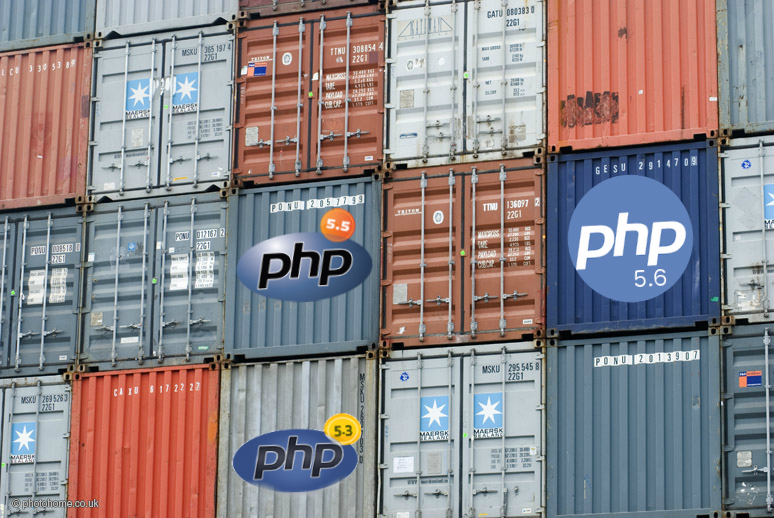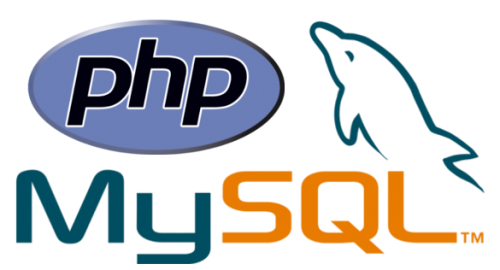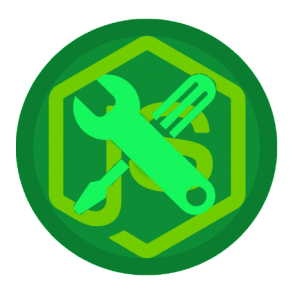
Below, I’d like to introduce you to software containers – isolated user-space instances utilized in an operating-system-level approach to virtualization. Containers separate apps from the OS and their physical infrastructure used for connecting to the network. Thus, it is possible to run multiple virtual containers on the same carnel.
Probably, you might have heard of Docker, which appeared several years ago and caused a lot of excitement among IT specialists. It is the most striking example of container software, but there are some other noteworthy solutions. I’ve described the most prominent platforms further in this blog post, but let’s start with their nature and usage.
Containers solve a bunch of problems which occur when software is moved from one computing environment to another. A staging environment, a physical machine, a developer’s computer, a data center, or a public cloud probably offer different conditions. Therefore, by using code containers, you prevent your projects from problems related to dissimilar environments. Please note that even a distinct network topology or security policies might be a reason of conflicts and limitations. But how does container software help to solve multiple problems? Continue Reading




